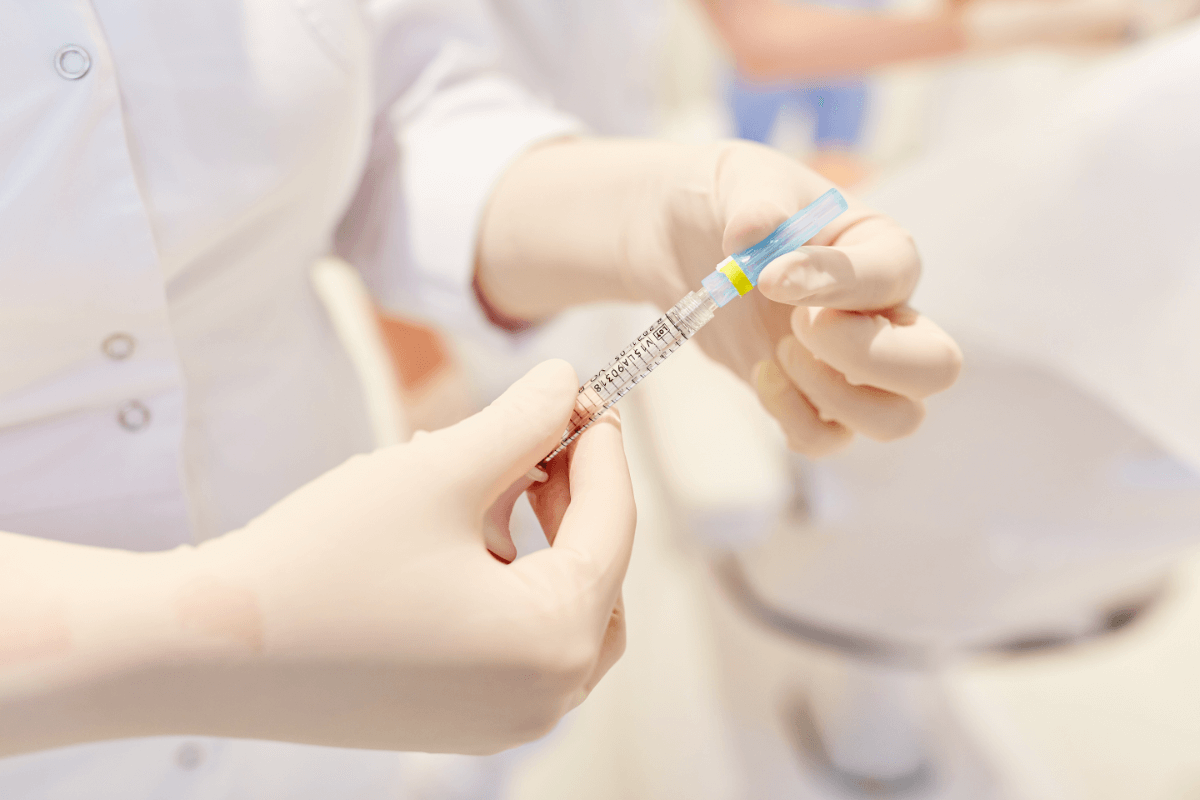
Did you know that, according to the American Board of Cosmetic Surgery, over a million men and women choose dermal fillers annually? The common reasons are to fill in sunken areas of the face and to get rid of wrinkles.
Due to the popularity of this procedure, it is always imperative to research the product and its pros and cons. Side effects cannot be avoided, but they can be minimized. Take for example Belotero filler side effects, which range from mild to rarely serious.
In this article, we will explore the side effects of Belotero fillers and the length of time the intended effects last.
Ensuring patient safety begins with education on what to expect and how to take care of themselves post-procedure; this includes selecting a skilled injector and following aftercare instructions closely.
Belotero is a popular dermal filler that uses hyaluronic acid to smooth out wrinkles. This filler stands out in aesthetic practice for its unique hyaluronic acid composition, designed to integrate seamlessly into the skin tissue. Continuing from this, we will discuss the side effects of Belotero filler, how long does it last, and actions to greatly minimize the said effects.
Medical professionals must stay informed about potential side effects—as both short-duration and long-duration complications can occur—ensuring patients are fully aware of what to expect.
Risk management begins with selecting suitable candidates for Belotero injections. A thorough pre-procedure assessment identifies those at higher risk of adverse reactions—like individuals with allergies or autoimmune disorders—and guides practitioners towards safer treatment strategies.
Highlighting these considerations ensures that every professional prioritizes not only the aesthetic outcome but also the well-being of their patients throughout the treatment process. Patients often see common side effects, which are mostly mild and go away on their own.
These include temporary redness and swelling around where the needle went in. Some people might also notice bruises or feel itchy at the injection spot. Besides these, tenderness or discomfort can happen but should not last long. Most times, these reactions do not need medical treatment and will fade as the body adjusts to the filler.
Another side effect to note is bruising, which happens where the filler is put in. Many people get a little blue or purple spot that goes away after a few days. Studies show that more than 90% of these bruises are mild and don’t last long. This is normal and part of the body’s way of healing. Giving it time, these marks will fade, leaving no trace behind.
Itching and tenderness after a Belotero filler injection are common. The body may react to the hyaluronic acid in the fillers. This can cause swelling, pain, red skin, bruising, lumps, firmness, and itching.
If itching or tenderness persists or gets worse, it’s key to talk to your doctor right away. They can help determine whether it’s a simple reaction or something more serious, like an allergy or infection, that requires different treatment.
Allergic reactions to Belotero filler can be serious. Some patients might get itchy or have rashes. Others could have trouble breathing, red swelling, and skin that peels. These symptoms show your body is not okay with the filler.
If a patient has had allergies, they must tell their doctor. This helps avoid problems after getting a Belotero filler. With care, most people do just fine and enjoy the benefits of this treatment without bad side effects.
Doctors should choose patients carefully, considering their health history and any previous reactions. A good exam helps find potential problems before injecting. Please talk with your patient about their medical history. This step can lower the risk of bad effects from the filler.
After securing trusted products, focusing on aftercare becomes crucial. Doctors advise patients to ice the treated area for 24 hours and consider taking arnica. This helps lessen swelling and redness, leading to a smoother recovery process.
Listening closely to your dermatologist’s aftercare advice is key. These steps are designed to reduce soreness and bruises while ensuring fast healing. Every patient wants minimal downtime, so following these guidelines can greatly help achieve that goal.
Knowing about Belotero filler side effects helps you make safe choices. Minor issues like redness or swelling usually fix themselves. Serious problems are rare but can happen. Always choose a skilled injector and follow care tips after your treatment. Also medical experts should always buy Belotero from trusted distributors.
Talk to your doctor if you have concerns. This way, you stay informed and ready for your beauty journey with Belotero fillers.
Join our newsletter to receive latest news and offers

Medicle MD Ltd
Reg. Number: 14317237
Address: 27 Old Gloucester Street,
WC1N 3AX London,
United Kingdom